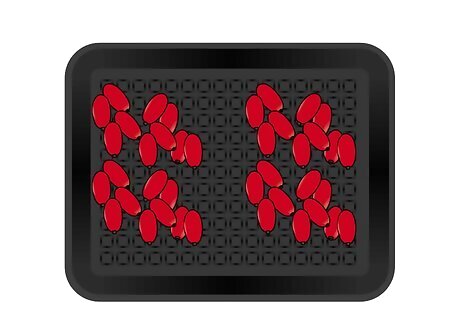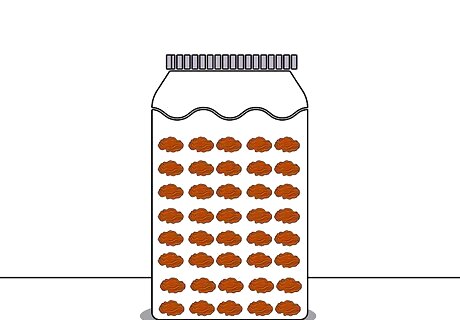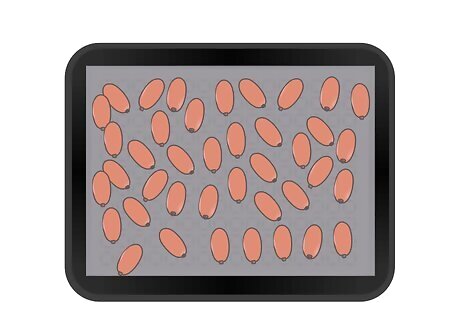
views
Preparing the Berries

Remove any stems or leaves. Pick through the fresh berries and remove any stems or leaves that remain on them. Discard berries that are over or under ripe. Also toss out any damaged or bruised berries you come across.

Rinse the berries with clean water. Place the goji berries into a strainer, then put the strainer in the sink. Turn on the cool tap and run water over them for a few minutes. This will rinse away any lingering dirt and debris.

Crack the skins of the berries using boiling water. In order to speed up the drying process, you can crack the skins of the goji berries. To do this, bring a pot of water to a boil. Add the washed berries to the boiling water for 30 to 60 seconds.

Plunge them in an ice bath. Scoop out the berries using a slotted spoon and immediately place them in a bowl of ice water. The rapid change in temperature will cause the skin of the berries to crack and can help speed up the drying process.
Using the Oven

Preheat the oven to 140 degrees Fahrenheit (60 degrees Celsius). You can dry goji berries in the oven using an extremely low temperature. Set the oven temperature to 140 degrees Fahrenheit (60 degrees Celsius) and leave the oven door ajar.

Spread a single layer of berries on a baking sheet. Make sure the berries are not touching. The will facilitate faster drying and prevent the berries from sticking together in clumps.

Place the berries in the oven. Arrange the baking sheet in the center of the oven for even drying. Leave the oven door open slightly while they are drying to allow for appropriate airflow. You may want to rotate the baking sheet every few hours so the berries dry evenly.

Remove them from the oven when they appear wrinkled. Check on the berries periodically while they are in the oven. You’ll know the berries are ready once they’ve wrinkled and shrunk in size. Their color will darken and they’ll feel much firmer. This process will typically take approximately 12 hours.

Store dried goji berries in a cool, dark place. Place the berries in an air-tight container, then place the container somewhere cool and dark, like your pantry. Store dried berries away from moisture to prevent them from clumping together. They'll keep for about a year if stored properly.
Drying Them in the Sun

Place the berries on a wire rack on a baking sheet. Lay out the berries in a single layer on top of a wire drying rack. Make sure that the berries are evenly spaced and not touching.

Cover the berries with a cheesecloth. Before you place the berries in the sun to dry, you should cover them with a cheesecloth. A cheesecloth will help protect the berries from any insects and other outdoor elements.

Position the berries in direct sunlight. Place the berries outside in direct sunlight. You should rotate them once or twice a day to ensure that they dry evenly. If you prefer a sheltered location, place the tray with the berries on the dashboard of your car.

Leave them in direct sunlight for two to four days. In order to sufficiently dry berries using sunlight, it can take two to four days. Check the weather forecast before using this method to ensure that it doesn’t rain. If it does rain, bring the trays inside.
Dehydrating the Berries

Place a single layer of berries on a dehydrator tray. Lay out the berries in a single layer on a dehydrator tray. If you do not put them in a single layer, it may cause them to dry unevenly.

Slide the tray into the dehydrator. Insert the tray into the dehydrator and make sure that you leave the vent open. This will stimulate airflow and assist the drying process.

Set the dehydrator to medium-low. Follow the instructions provided by the manufacturer, but typically you should set the machine to medium-low. Check the berries periodically and remove them from the dehydrator once they appear dry.



















Comments
0 comment